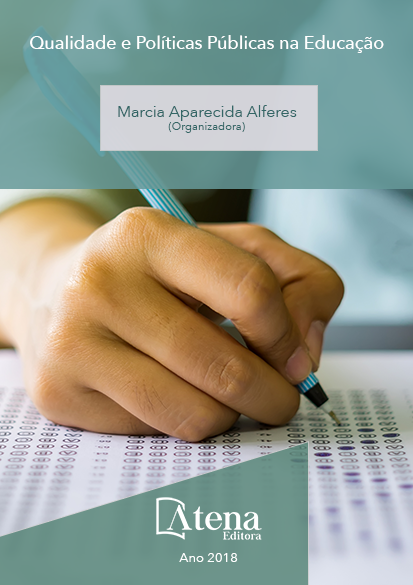
SOBRE AS NOÇÕES DE SEMELHANÇA E DESSEMELHANÇA NA DEFINIÇÃO DA HUMANIDADE INDÍGENA: UM ESTUDO A PARTIR DE UM TEXTO JESUÍTICO DO SÉCULO XVI
Especificar as representações de semelhança e dessemelhança utilizadas para definir a humanidade dos índios nos textos jesuíticos do século XVI é o objetivo central do presente trabalho. Para tanto, tomo como fonte de pesquisa, o Diálogo Sobre a Conversão do Gentio de Manuel da Nóbrega. O texto privilegia, ainda, a análise de autores que discutem o tema proposto sob uma perspectiva crítica e, sobretudo, não-anacrônica. Faz-se, por conseguinte, um cruzamento da análise desses autores com o texto jesuítico. Com isso, pôde-se concluir que as representações a respeito da humanidade indígena presentes nos textos jesuíticos precisam ser relidas à luz do sujeito da enunciação das fontes: neste caso, o padre, que interpreta o mundo sob a ótica católica. Essas questões, por fim, constituem-se no fundamento histórico para a discussão das noções de diferença, de diversidade e do conhecimento do outro, essenciais para o campo da educação.
SOBRE AS NOÇÕES DE SEMELHANÇA E DESSEMELHANÇA NA DEFINIÇÃO DA HUMANIDADE INDÍGENA: UM ESTUDO A PARTIR DE UM TEXTO JESUÍTICO DO SÉCULO XVI
-
DOI: 10.22533/at.ed.06318121229
-
Palavras-chave: História da Educação no Brasil; humanidade dos índios; alteridade.
-
Keywords: History of Education in Brazil; humanity of the Indians; otherness
-
Abstract:
To specify the representations of similarity and dissimilarity used to define the humanity of the Indians in the Jesuit texts of the sixteenth century is the central objective of this work. For that, I take as a source of research, the Dialogue on the Conversion of the Gentile of Manuel da Nóbrega. The text also favors the analysis of authors who discuss the proposed theme from a critical and, above all, non-anachronistic perspective. A cross-analysis of these authors is therefore made with the Jesuit text. With this, it can be concluded that the representations regarding indigenous humanity present in the Jesuit texts need to be read in the light of the subject of the enunciation of the sources: in this case, the priest, who interprets the world from the catholic point of view. Finally, these questions constitute the historical basis for discussing the notions of difference, diversity, and knowledge of the other essential to the field of education.
-
Número de páginas: 7
- Marcos Roberto de Faria


